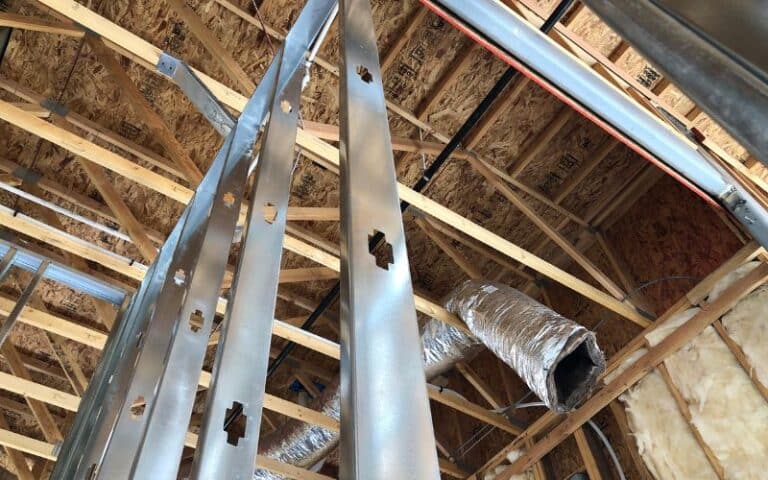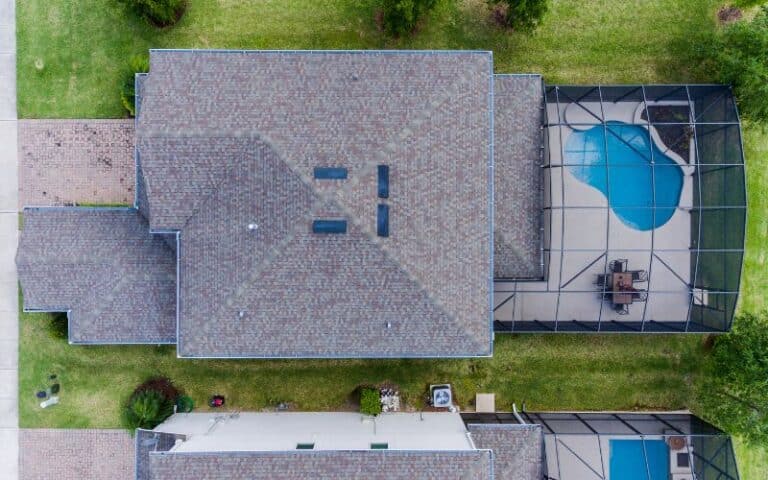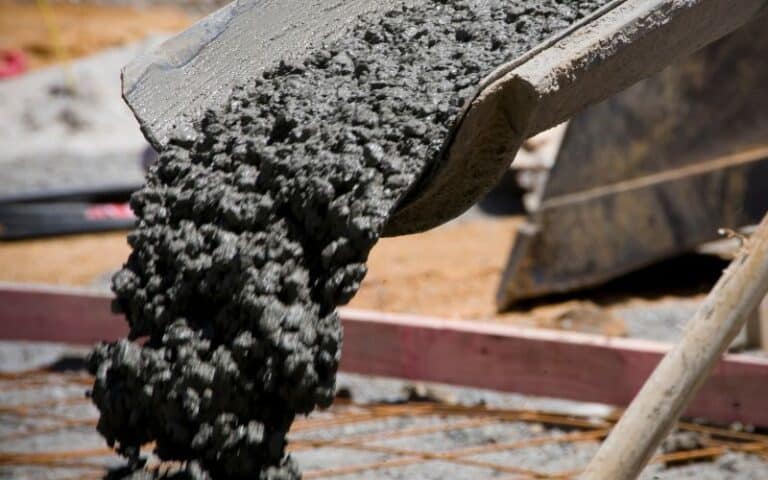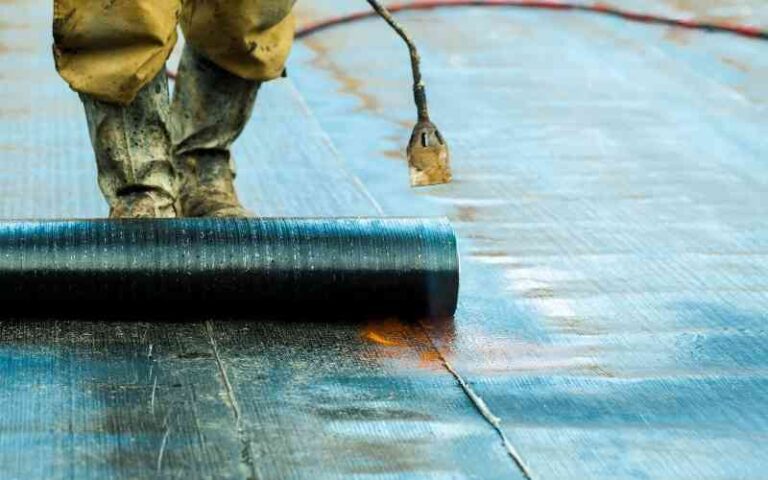Every year roof repairs and roofing, in general, stir up quite a dilemma for property owners and tax professionals alike.
There is no doubt that roof repair costs can amount to a significant expenditure for property owners.
However, it is all the more important for tax practitioners to know how to tell apart between deductible repairs and an extensive roofing job that should be capitalized.
Unfortunately, the analysis conducted every year on the basis of real estate taxes is not so simple.
Especially ever since the IRS came out with the Tangible Property Regulations, the best outcome for property owners is simply shadowed by the fact that roof repairs or complete replacements should even be considered or turned around in another cost-saving way.
In most cases, it happens that only a certain part of the roof is replaced, and naturally, the costs are deducted as repairs.
However, in comparison to an alternate option of trying to depreciate the cost spent over almost a 30-year life span for residential real estate and 40 years for commercial real estate properties – it can clearly conclude as an overpayment of tax.
Hence, it is safe to say that for tax purposes, it is vital to make a decision that simplifies the costs as immediate deductibles or should be capitalized.
Therefore, in order to help you reach a better conclusion, we have highlighted a series of questions that, when answered, can evaluate your roof repair costs much better in the future.
Ready for a Roofing Quiz?
Know What Type of Roof Is It?
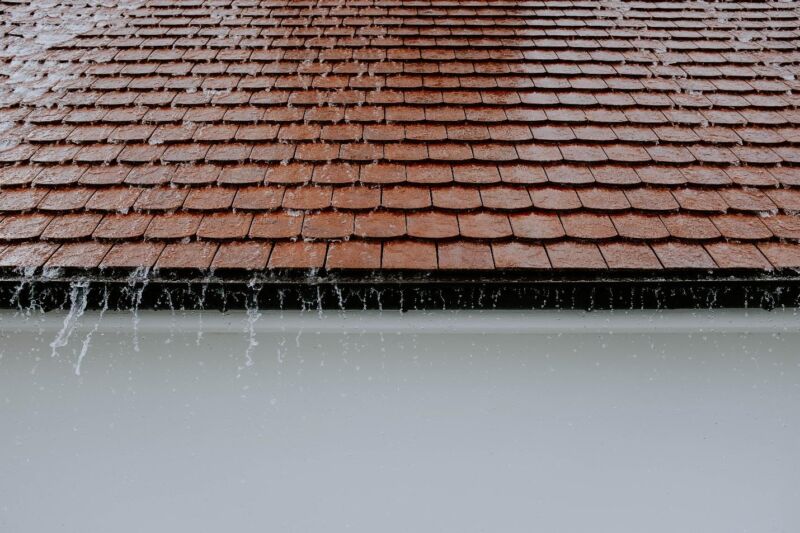
A roof repair system is mainly divided into two classifications that are as follows:
Steep Pitch Roof Covering
Out of the two, the steep pitch is usually the one that is used for residential properties and mainly accounts for the ones that are built to be rented out.
Hence, the average lifespan of a steep-pitch roof covering can easily go up to more than 50 years. There are three main parts that go into laying the steep-pitch roof:
#1. Roof Deck
The first layer is laid down above the beams and typically has a wooden base like plywood. It is commonly referred to as sheathing.
#2. Underlayment
This is a secondary layer that is laid over the primary base of plywood that acts as a weatherproofing barrier. Therefore the underlayment can be referred to as felt or paper.
#3. Roof Covering
Lastly, the third layer, which is actually the top most visible, includes many roof shingles ranging from materials like clay tiles, concrete tiles, wood shakes, slates, or metal roofing systems to complete a steep pitch roof covering application.
Low Pitch Roof Covering
Low-pitch roof covering is the other half of the two roof types that are mainly used for commercial properties.
The average lifespan of low-pitch roof covering can go up to 30 to 35 years mostly. The three main parts that go into laying the low-pitch roof are:
#1. Roof Deck
A corrugated layer is used, which is typically a metal panel to support structural beams.
#2. Insulation
Insulation is probably the only major difference between laying steep-pitch roof covering and low-pitch roof covering, as it is not included in the former but is in the latter.
Moreover, it is placed over the decking, where it might be replaced with a membrane layer.
#3. Roof Cover
The roof cover, or the membrane layer, in this case, is of many types. It includes metal panels as roof systems or sprays polyurethane roof systems that are foam based.
Moreover, there are built-up roof membranes, synthetic rubber membranes, thermoplastic ones, and modified bitumen sheet membranes too.
What Regulations Should Be Applied?
Now that it has been determined what type of roof you are dealing with, it is time to find out what regulations should be applied.
However, in order to know this any better, it is first more likely to understand why the roof was replaced or needed to be repaired in the first place.
Usual reasons include sudden weather damage, so it shall not be considered as betterment.
Similarly, a question of essence is how much time had gone by since the property has been in use and when initially the roof repairs happened.
If the roof repairs need to be done as soon as the property was acquired by new tenants, then the roof repairs would be considered betterment work.
This is because any defect before the acquisition wasn’t for betterment.
Assessing the Restorations
Similar to understanding the regulations, restorations under roof repairs are more likely to fall under the capitalized category of expenses.
Hence, the very first essential of restoration when it comes to roof repairs is knowing exactly why the roof needs to be replaced.
For instance, the new roof would be capitalized if it is a commercial building and there has been a casualty loss.
Roof replacement also plays a part in this case because considering how much of the roof’s layer was replaced can help determine how the cost should be capitalized or not.
For instance, if only the outermost layer of the roof covering was replaced, then it is not considered restoration, but if the structurally integral load-bearing was replaced by more than 40%, then the cost shall be covered under restoration and capitalized.
Are There Any Larger Improvements?
Proper tax treatments entail that you know if any larger improvements have been done that are diligently capitalistic.
For instance, installing an HVAC unit consists of roof penetration work.
Hence, such a capital improvement project is roof work, but it will be depreciated over time even while causing changes to the roof covering.
Bottom Line
It is safe to say that if you have even a basic level of understanding of your roof repairs and how they work under the legal taxing system, then as a property owner, you can easily evaluate whether your roof repair costs can be capitalized or not.
A conducive analysis and some advice from a professional are definitely helpful in this regard to reach a conclusion. Cheers!


